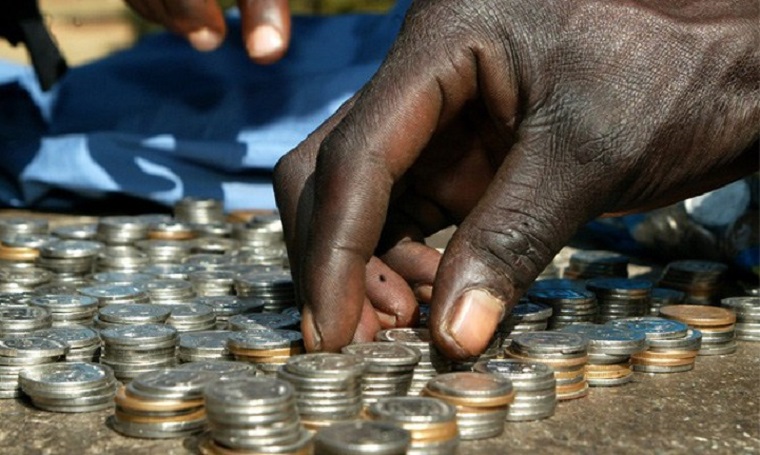 A critical first step towards the promised economic awakening of Zimbabwe will be comprehensive debt relief.
A critical first step towards the promised economic awakening of Zimbabwe will be comprehensive debt relief.
President Mnangagwa and his new government will need urgently to complete the technical analysis of Zimbabwe’s debt situation and assess the country’s long-term debt sustainability.
This analysis must be followed quickly by policy actions to unlock commitments from the international community.
Zimbabwe has been frozen in time, still burdened by its legacy debt dating to the 1980s. When many of its peers were receiving unprecedented support from the international community in the early Nighties, Zimbabwe was left in limbo.
The International Monetary Fund and World Bank avoided a definitive decision on Zimbabwe’s eligibility for debt relief under the Heavily Indebted Poor Countries Initiative, or HIPC as it is better known.
With public and publicly guaranteed external debt at close to 50 percent of GDP as at end-2016, of which 70 percent was in arrears, Zimbabwe is clearly in debt distress.
However, in order to benefit from the HIPC Initiative today – which would take into account multilateral, official bilateral and private external debt – Zimbabwe must maneuver through some important obstacles.
The IMF and World Bank, who are the guardians of the HIPC Initiative, would need to re-open the HIPC eligibility requirements and make a positive finding of Zimbabwe’s eligibility and qualification for such relief.
Furthermore, the international financial actors would need to come together to finance Zimbabwe’s HIPC debt relief.
Continued next page
(303 VIEWS)






0 Comments